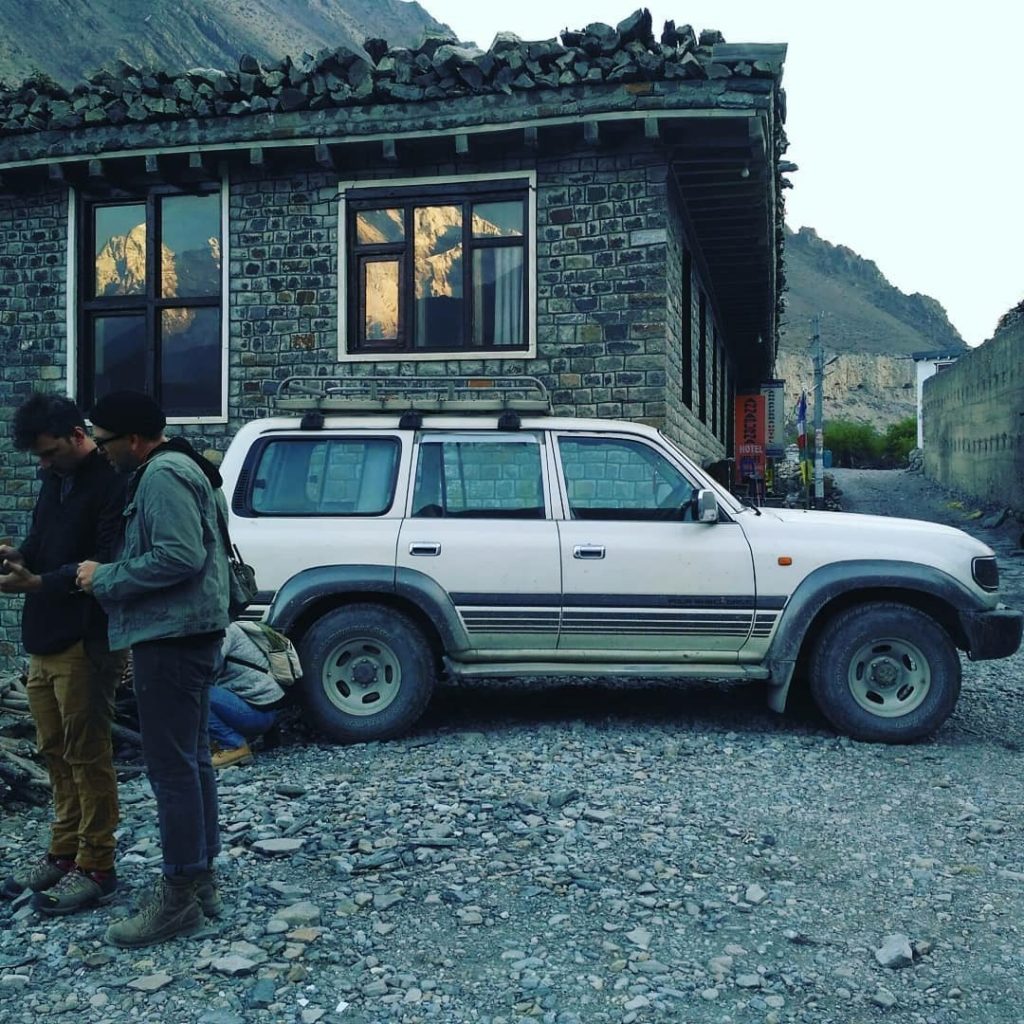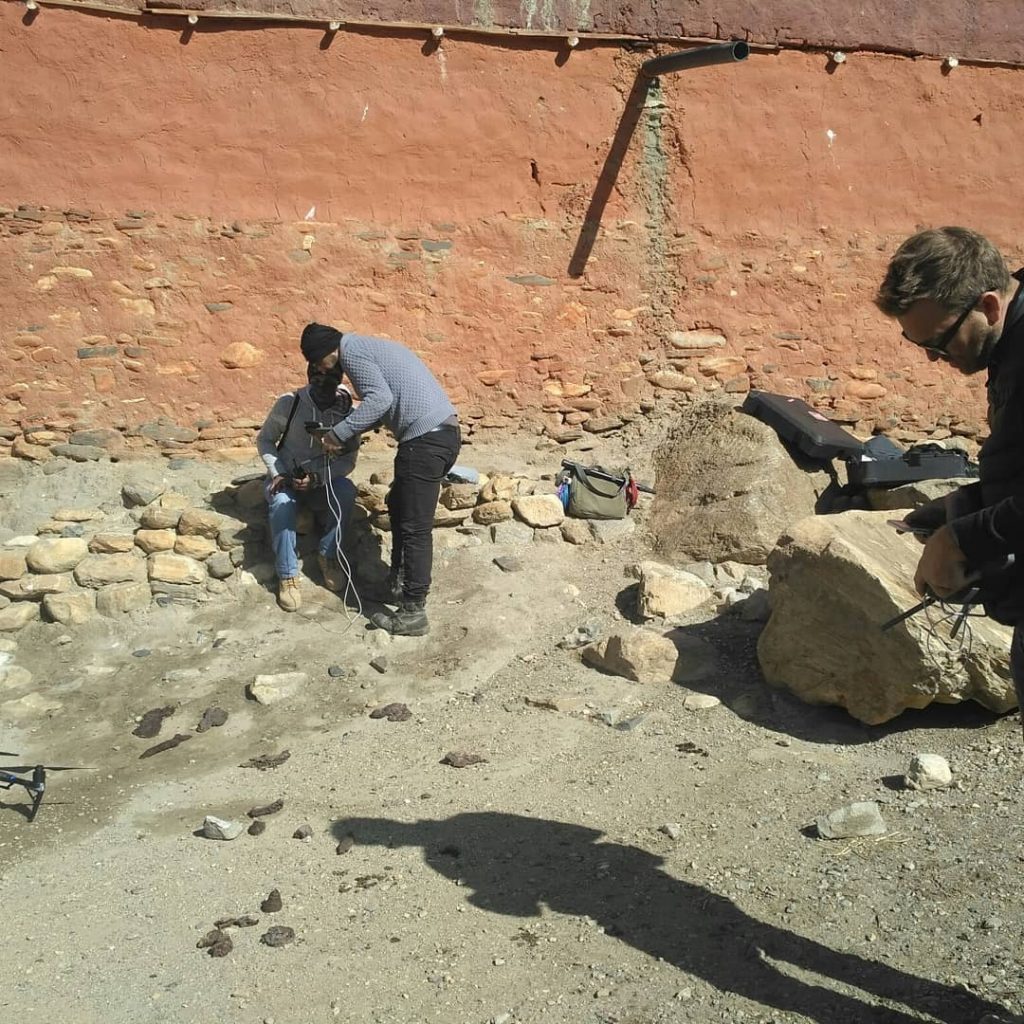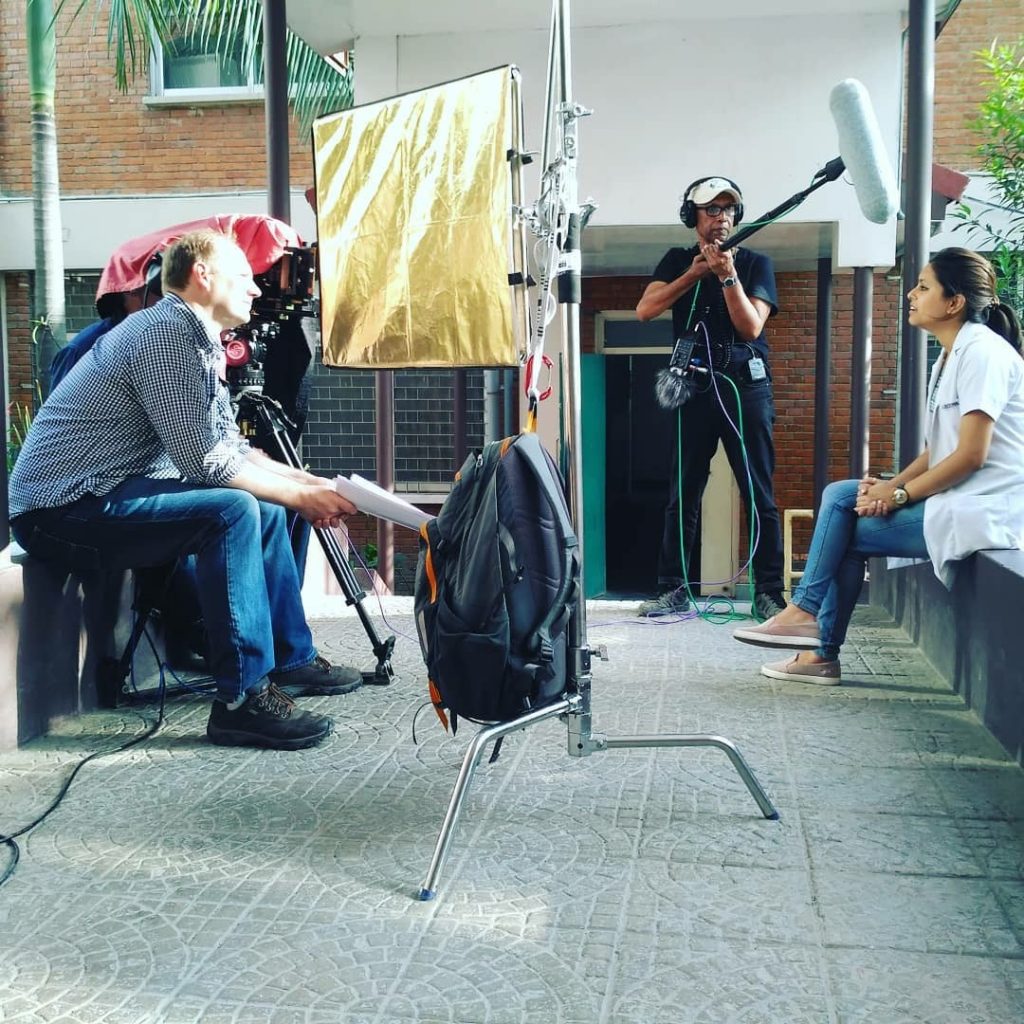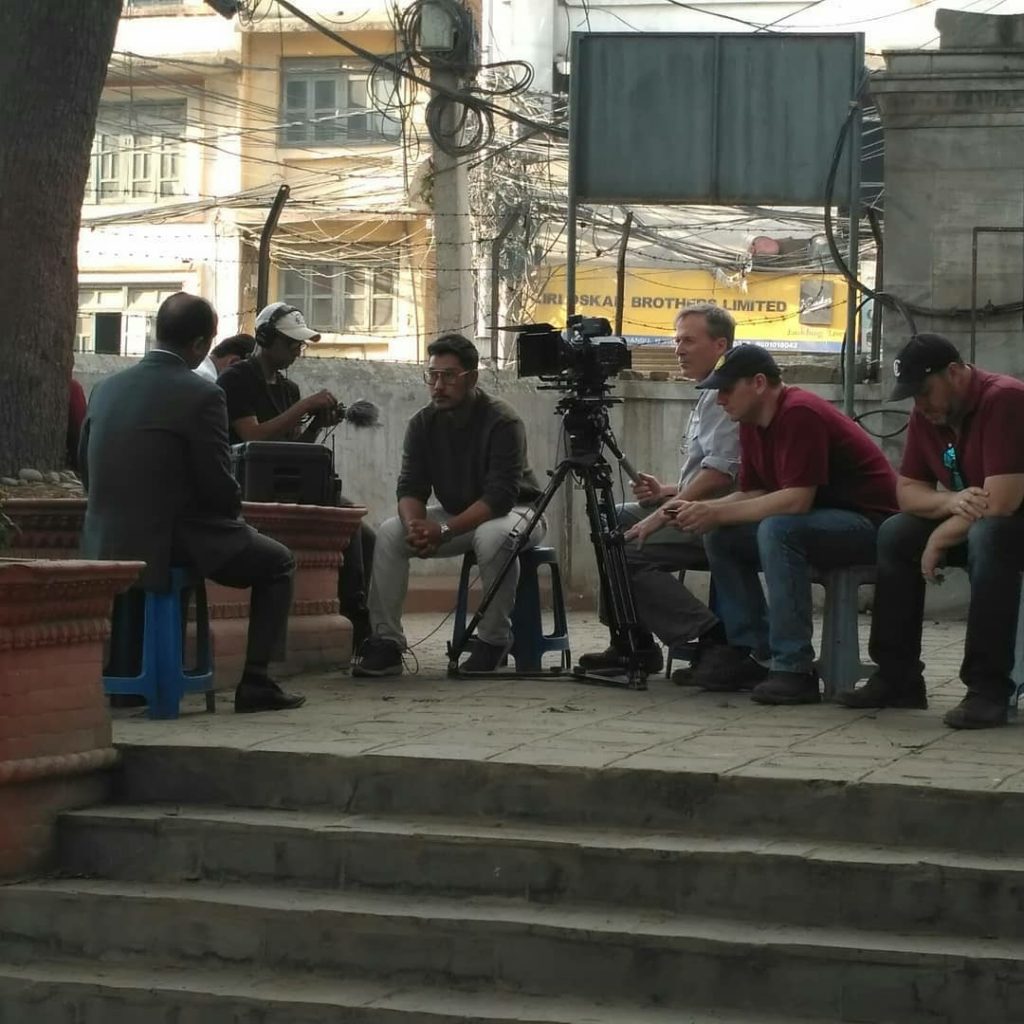Nepal might be a small, landlocked country but that description does not do justice to the aerial visuals it has to offer. A result of being culturally rich, religiously secular and home to three very distinct geographical landscape the country offers diversity for filmmakers like no other.
The lush green forests, silver mountains, ancient monuments, historically and culturally rich heritage, and diverse yet picturesque landscapes make for an exciting location that is bound to leave your viewers in awe.Therefore, it makes sense that every year, a big number of film crew flock in to Nepal in search of these locations . Still not convinced? Well, here is a guide to give you a better insight of the what the country really offers you filmmakers out there.
Wonders Of Kathmandu Valley:
Kathmandu valley comprises of three major cities: Kathmandu, Bhaktapur, and Lalitpur. All these three cities hold to themselves the richness of cultural diversity and heritage that is beautiful to look at.
Swayambhunath Temple
Situated atop a hill, this ancient architecture is a sight to behold. The buddhist stupa is sacred, beautiful with heavy influence of Tibetan culture. A complex surrounds this temple consists of shrines and devotees looming about to give their prayers. But, what makes this temple more special is perhaps the monkeys that are housed here, Swayambhunath Temple is fondly named the Monkey Temple.These mischievous little creatures keep you fascinated with their mannerism and interactions with human, a sight that really needs to be experienced to be believed. The character, history and religious importance this temple has definitely makes it a spot discovering and capturing.
Kathmandu Valley
Oh my the diversity! Unlike varied places where you need to travel far and wide for historic monuments Kathmandu Valley has everything within reach. The views are stunning, the historic architecture mesmerizing and the culture enchanting. A package that is a mix of the urban and the simple life, wrapped to make this beautiful valley.
Durbar Squares
There are three Durbar Squares within the valley: Basantapur Durbar Square, Bhaktapur Durbar Square, and Patan Durbar Square. Each as beautiful as the other, but with their own origin and history. These squares underwent some terrible damages during the 2015 earthquake but mostof them have since been rebuilt, illuminated with craftsmanship that even today holds relevant.
Pashupatinath Temple
With Bagmati river on the side, Pashupati temple is one of the most important pilgrimage sites for Hindu people. Thousands of people come to visit this temple every year, most to worship while some to film. The main entrance to temple is not open to non-Hindu people, however, thevicinity of this temple is open to all. The area around is as religiously embedded temple inside is though so you won’t miss your chance to capture some of the most ethnically rich shots.
Streets of Thamel
Here comes the local and tourist favorite Thamel, one of the most-hyped and touristy spots in Kathmandu. Back in the 70’s this area became the true home of the hippies and the influence of the area can still be felt all around. The psychedelic wall hanging, airy hipster wear hangs loose in area amidst busting bars, restaurants, hotels and guest houses. On fridays the area lights with live music. The cultural appeal to this place is great as well, with its busy streets covered with colorful prayer flags, beautiful “Om Mani Padme Hum chants coming from the nearby CD shops, there is just a whole different vibe to Thamel that is unmatched.
Filming Outside Kathmandu valley
The valley is just the beginning, the versatility of Nepal actually shines through when you leave the urban comfort and venture into the cities and locations outside of the valley.
While the roads and remoteness can at times pose some threat, it always worth it to venture furthers as the charm extends and so does unrealistically beautiful landscapes that take your breath away. Once you step outside the valley, you have an even better chances of catching those sunlit golden snowy peaks early morning. You have so much to explore and find an ideal location for you to cover your film.
Pokhara
There is plenty to enjoy in Pokhara: the serene lake reflecting the beautiful Himalayas, adrenaline packed adventure sports or visiting the cultural villages. The ambience of peace and magic this place gives off is truly felt by the people who visit it — the experience is unreal. Name one of the best budget cities in the world by tripadvisor the place definitely worth a visit!
Mustang
Mustang was once an old, independent Tibetan kingdom but still retaining its mystical reputation to this day. While not really on the greener side with lush forests, it is perhaps more favored because of the stone walled hedges, high altitude deserts rich red and ocher, with deep gorges set against an infinite blue sky.
Everest
This place needs little to no explanation, the highest mountain in the world and seven natural wonder of the world will obviously provide you will all the spectacular shots. Its tall stature stands at 8847m making it the highest peak in the world. Many filmmakers aspire to have shots captured from here but that does entail withstanding of the dangers of travelling there along with the temperature which drops to -60° winter with around i-19° in summers. In such cases travelling with a expert filming company that knows the area is advised such as Kathmandu Films makes sure that all your needs are met and permits are managed for a wonderful filming experience in your desired locations.





